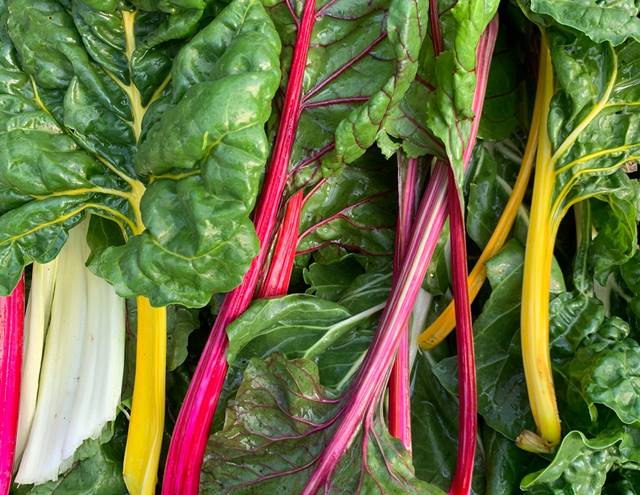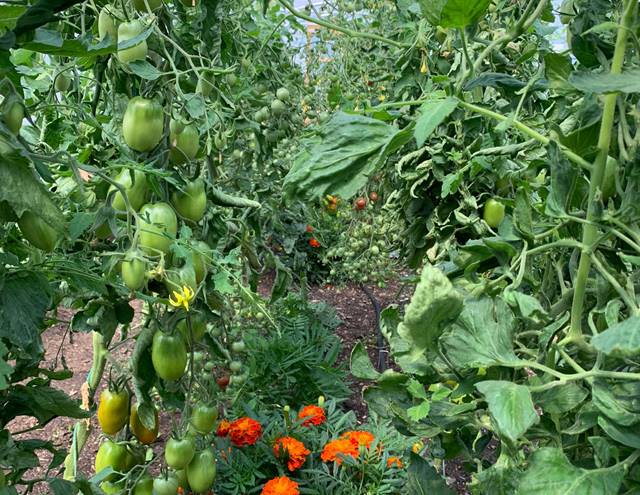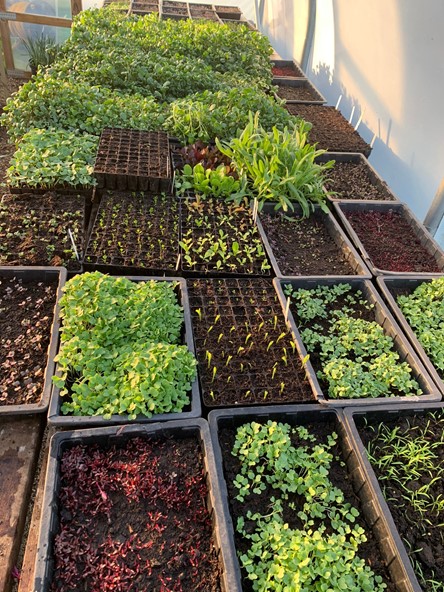
This time of year calls for meticulous attention to sowing times, succession planting, and warding off pests. Despite my best efforts, transplanting some crops outdoors in early April proved to be a bit of a disaster. While frost wasn't the culprit, the incessant rains have created a haven for slugs. These familiar voracious pests made quick work of tender seedlings, leaving frustrating gaps in what was once orderly rows. Interestingly, I noticed that slugs seem to be more prevalent in areas where I laid manure sourced from a local farm that was particularly heavy on wood shavings, whereas beds enriched with our own compost seem to suffer less.
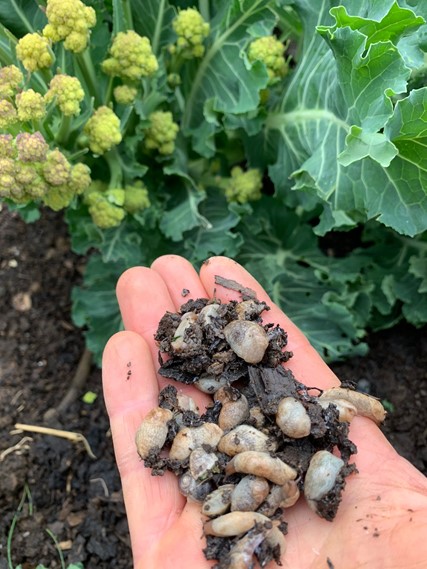
Though I have some spare plants on hand, I find myself constantly re-sowing to fill the gaps, all the while pondering the fate of my carrot seedlings. Did they fail to germinate, or were they merely devoured upon sprouting? Their small size makes them a perfect snack for slugs.
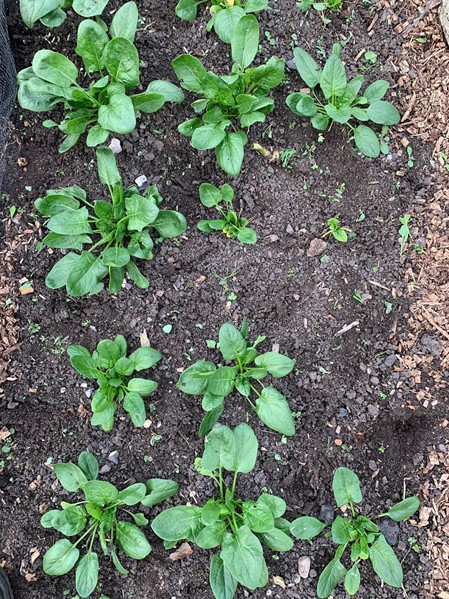
I would like to grow seedlings like cabbages on a bit more undercover before planting them out to give them a bit more chance or wait until the weather dries up. Yet, space remains a precious commodity, even with the luxury of two polytunnels, and there's a deluge of seedlings awaiting their turn.
The wind has also been a nuisance! I have many nets and coverings over beds, and despite securing diligently, they seem to have a mind of their own, often taking flight down the garden. It's remarkable how even netting with sizable holes isn't spared by the wind's mischievous grasp. Yet, I gain a newfound appreciation for the strength required to wrestle with a 10-meter stretch of black polythene in even the gentlest breeze.
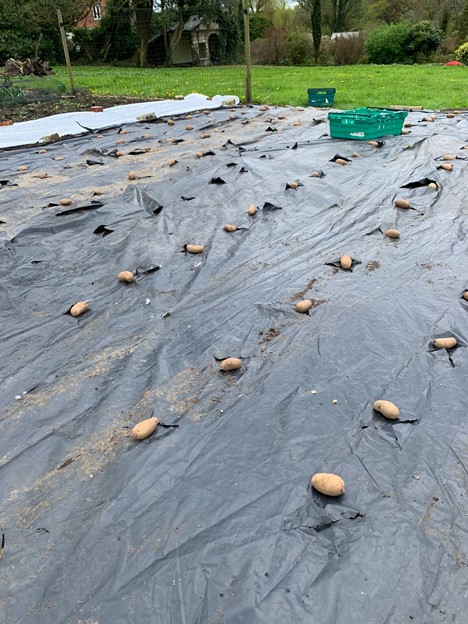
The black polythene we use to sow potatoes through. The method worked well for me last year. The sheet is laid flat on the growing space, then holes are cut into it at regular spacings, 40cm between each, 60cm between each row. Through the hole and into the ground goes the seed potato, with any shoots facing up at least 5cm below the surface. The plant will grow through the hole, and the polythene shields them from sunlight, preventing greening. This year I’ve picked ‘Casablanca’, ‘Charlotte’, and the unfamiliar ‘pink fir apple,’ eagerly anticipating their growth considering the considerable effort required for planting. They will all be picked as new potatoes so I can turn the bed around for another crop after they finish.
Despite my aversion to covers due to their appearance and the chore of managing them, they remain the most reliable means of protecting crops. My collection now includes fleece for warmth, ultra-fine mesh for warding off flea beetles, mesh for deterring carrot root fly, 7mm black plastic netting to deter birds and butterflies, and 5cm bird netting to keep deer at bay. The finer mesh will keep all animals and insects out, but the finer the cover, the heavier and more expensive it becomes. The choice of cover depends on the specific threats each crop faces in your area.
With the exception of radish, all April harvests have been from last year's sowings that endured through winter – purple sprouting broccoli, spinach, spring onions, and rocket. These stalwart survivors underscore the importance of forward planning, ensuring a steady supply even during leaner months. May promises a similar scenario, with overwintered crops completing their cycle and new sowings not quite ready for harvest until June.

In the flower garden, tulips have the place to themselves and are a flourishing shard of colour that we narrowly escaped losing to a recent hailstorm, which wreaked havoc on their delicate petals last year. They are absolutely stunning and far nicer than anything else we might have brought in.

Navigating the wealth of gardening advice out there about growing can be daunting, as a lot of it is unfounded and conflicting. Yet, therein lies the beauty of experimentation—embracing the unknown and learning from both successes and failures. As May beckons, the mantra is clear: sow abundantly and fearlessly, for there's always room for one more plant.
My new recipe is up - ASPARAGUS, WHIPPED FETA AND SHALLOT SALSA
Until next time…
Darren Stephens
Chef-Gardener, Homewood







